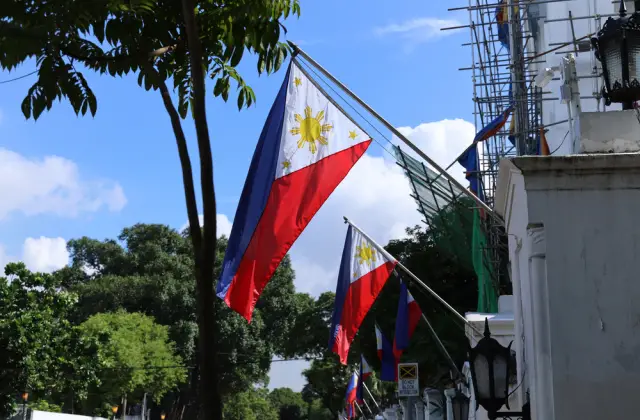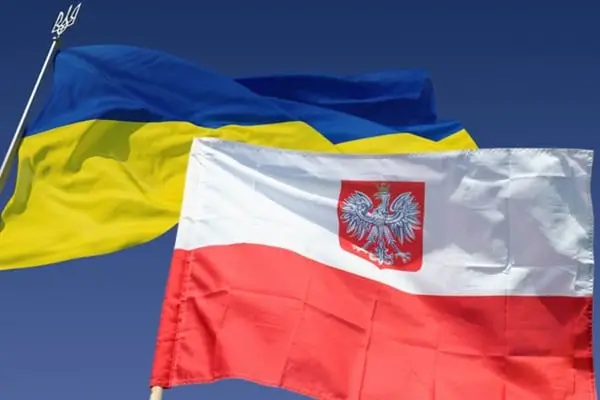China has allowed the Philippines to deliver military supplies to the disputed reef. But will this put an end to the conflict between Beijing and Manila?

The conflict between the Philippines and China over the disputed Second Thomas Shoal has recently escalated, but Beijing has recently announced that it may make concessions
The Chinese coast guard said it had taken "temporary special measures" to allow the Philippines to deliver supplies to troops on a World War II-era ship that has run aground and is being used by Manila as an outpost.
In a statement on its official WeChat account, the Chinese coast guard said it had authorized the necessary deliveries, but also that it would resolutely protect China's sovereignty and maritime rights and interests in the Second Thomas Shoal and surrounding waters.
Tensions between the two countries have continued to escalate recently, with the Philippine Maritime Task Force recently reporting that their vessels were damaged after being "directly fired upon" by a Chinese coast guard ship using water cannons. The Philippine boat also collided with the Chinese vessel.
The Chinese coast guard, meanwhile, claims that the Philippine boat ignored their warnings and "intentionally collided" with their vessel, which was "moving normally as part of a law enforcement mission." The responsibility lies squarely with the Philippines, they said. Gan Yu, a spokesman for the Chinese Coast Guard, said: "The Philippines should immediately stop its violations and strictly control provocations on the front lines."
The Chinese authorities have determined that they will resolutely defend national sovereignty and maritime rights.
A group of 200 civilians from the Philippines set out for the disputed waters but were forced to halt their journey when four Chinese vessels, including two navy ships, followed them. The convoy, escorted by the Philippine Coast Guard, was planning to pass near Second Thomas Shoal and part of the Spratly Islands to deliver food to fishing communities.
Earlier, the Philippine authorities reported that the Chinese coast guard fired on their civilian ships near Scarborough Shoal, which drew condemnation from the United States.
Washington has pledged to further strengthen ties with Indo-Pacific allies to counter Beijing's expansive claims to the important waterway. The Philippines has strengthened its defense alliance with the United States, expanding access for U.S. soldiers and conducting joint patrols in disputed waters.
Where the Pacific Ocean meets the coast of Southeast Asia and is bounded by the large islands of the Philippines, Indonesia and Taiwan, a deep basin covered with reef shoals, this area has a rich diversity of aquatic life and energy resources. It hosts more than half of the world's fishing vessels and some of the busiest shipping routes, with an annual trade turnover of approximately $3 trillion.
Of these waters, 200 nautical miles fall within the Philippine Exclusive Economic Zone. The Philippine Navy has a ship called the Sierra Madre, which was originally built for the U.S. Navy in 1944 and saw successful service in Japan and Vietnam before being donated to Manila in 1976 by Washington. Since then, the Sierra Madre has been a source of tension between the Philippines and China.
At that moment, the Sierra Madre ran aground on Second Thomas Shoal, a small reef in the disputed territory, about 120 miles off the coast of Palawan. Another ship made a similar maneuver later that year. Beijing suspected that Manila was using the stranded ships to set up outposts.
Philippine officials initially claimed that their goal was to rebuild the Sierra Madre, but they had difficulty finding the necessary materials and the other ship was eventually towed away. However, more than two decades later, the Sierra Madre remains stranded, maintained by a small group of sailors. They make sure that the area is not disturbed. Their rotations are usually two months long, but can stretch to five.
The location of the Sierra Madre falls within China's "nine-dash line," a cartographic image that Beijing uses to claim virtually the entirety of the South China Sea. However, in 2016, the Permanent Court of Arbitration in The Hague invalidated the nine-dash line and determined that the Second Thomas Shoal is part of the Philippines' exclusive economic zone and continental shelf.











